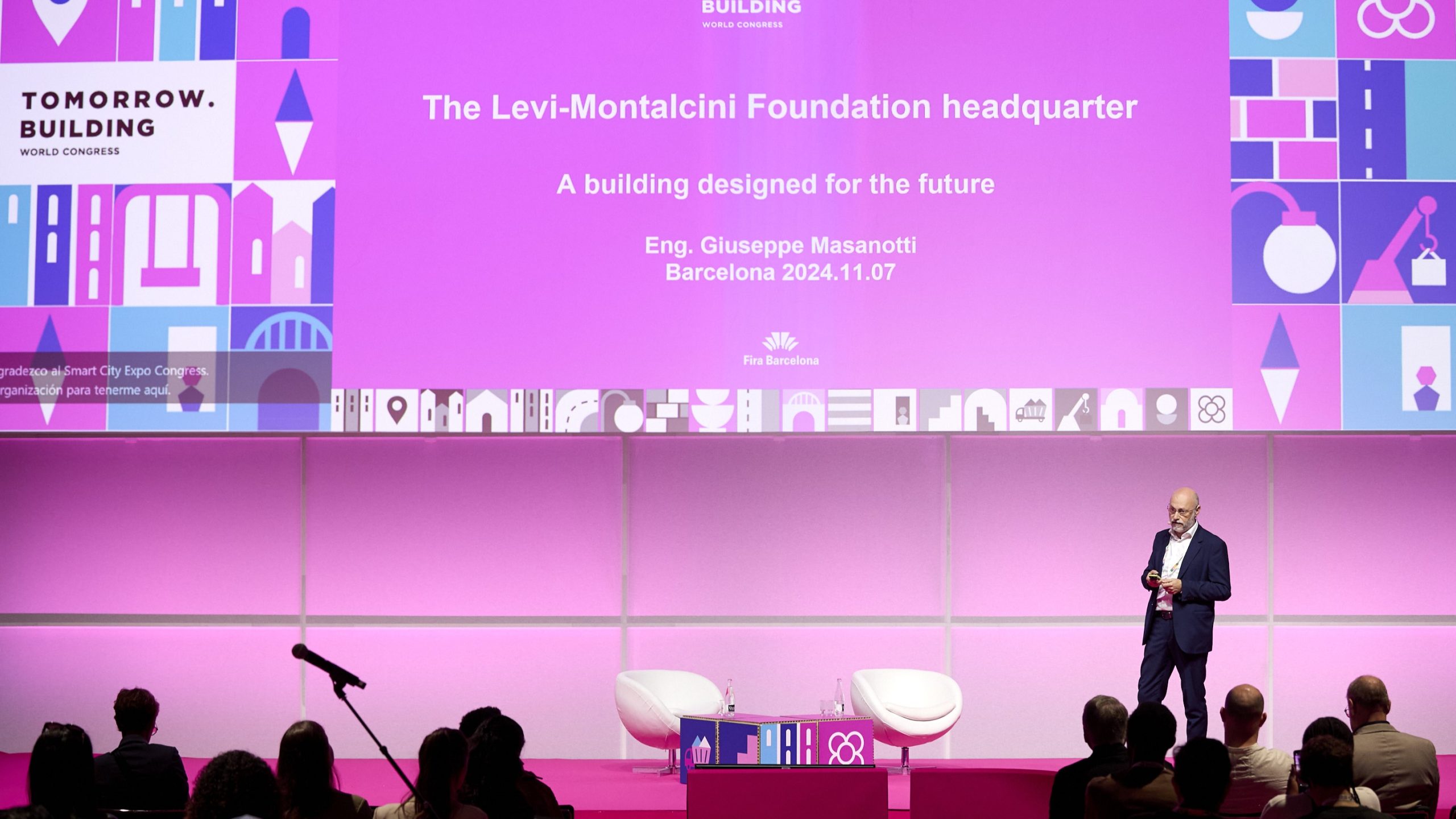Author | Lucía Burbano
The United Kingdom is currently facing the most significant residential crisis in the past decade, driven by a combination of factors: the imbalance between supply and demand, a shortage of labor, and reduced access to construction materials. In this context, prefabricated construction emerges as a potential solution, having already been successfully implemented in other regions.
The housing crisis in the United Kingdom
One of the promises made by the Labor Party during the election campaign leading up to the 2024 general elections was the construction of 1.5 million homes by 2029. A quick calculation reveals that this would require the construction of 300,000 new homes per year—a figure not seen since the 1970s, when solutions based on industrialized architecture were employed.
However, for the current Labor government to fulfill its housing promises, there are numerous obstacles that extend far beyond politics:
Lack of construction materials
Essential materials such as wood, cement, and bricks are becoming increasingly difficult to source. This has resulted in project delays and price increases, among other challenges.
The reasons behind this lack of supply, according to this article, are:
- Commercial barriers, a shortage of labor, and monetary fluctuations caused by Brexit.
- Increased energy costs, which have driven up the production costs for steel, bricks, and cement.
- The post-pandemic construction boom has led to a surge in demand for essential materials.
There is a shortage of labor.
To achieve the targets set by the government, the sector needs to hire 17,000 new professionals annually, three times the current number.
One of the challenges of this shortage is the current educational offerings, along with the need to replace the 360,000 construction workers who are set to retire by 2030. In addition to affordable housing and other solutions aimed at the residential market, a significant number of homes must be refurbished to meet the government’s net-zero objectives. This will require an additional 220,000 workers by the end of this decade.
To reverse this situation, local architecture firms like Boutique Modern are developing high-quality prefab solutions and designs, aiming to address the UK’s housing crisis.
Specifically, these architects have created ModernHome, a modular solution designed for rental properties that turns vacant plots into high-quality, livable spaces.
ModernHome also offers a financial model that is quick to implement, innovative, and cost-effective, in response to the figures published by the Association of Local Governments, which reveal that the number of households living in temporary accommodation has risen by 89 per cent over the past decade
Is prefab architecture the solution?

The concept of modular construction essentially means that the components of a building are fabricated off-site in a controlled factory environment with high precision, before being transported and assembled directly on the plot where the building will be erected.
Benefits of prefabrication in the construction sector
In the search for solutions to the UK’s housing shortage, modular architecture presents a promising option, as prefabricated construction requires up to 50% fewer workers compared to traditional building methods—helping to mitigate the ongoing labor shortage.
This is because the work requires professionals with specialized skills—skills that can often be acquired on the job through internal training programs
The rapid construction enabled by this form of architecture could also help address the housing crisis more rapidly, particularly in the delivery of affordable and socially purposed housing.
Furthermore, consumer perception of prefabricated housing has evolved. It is no longer viewed as a cheap, low-quality option; instead, advancements in technology have positioned it as a more sustainable and, as previously mentioned, faster solution. These characteristics are particularly appealing in urban areas, where both time and space are limited.
In addition, regulatory bodies are increasingly recognizing the advantages of modular construction, leading to more supportive policies and regulations that facilitate the adoption of modular building techniques.
Modular and prefabricated construction around the world
The United Kingdom is not alone in turning to prefabricated construction to tackle its housing challenges. Other countries have been embracing this approach for years—for example, Sweden, where 84% of residential housing is built using prefabricated elements, with a strong emphasis on sustainability and efficiency.
Japan follows closely, with a modular housing industry that began in the 1960s—exemplified by the iconic Nakagin Capsule Tower (1972).
Singapore, in turn, has been utilizing prefabrication in public housing projects since 2014 to address the rising cost of foreign labor, as the country frequently relies on workers from abroad.
Lastly, the United States which, after two years of soaring real estate prices, mortgage rates, and rental costs, is also facing a crisis due to the shortage of affordable housing.
A 2023 report by the Manufactured Housing Institute revealed that the average cost per square foot for a prefab house was $87, approximately half the $166 it costs to construct a house on-site.
This explains why, today, 21.2 million Americans live in prefab houses, accounting for approximately one in ten new homes built in the U.S. each year.
Photographs | H. Raab/Wikimedia (CC BY-SA 3.0), Wikideas1/Wikimedia (CC0 1.0)






















































